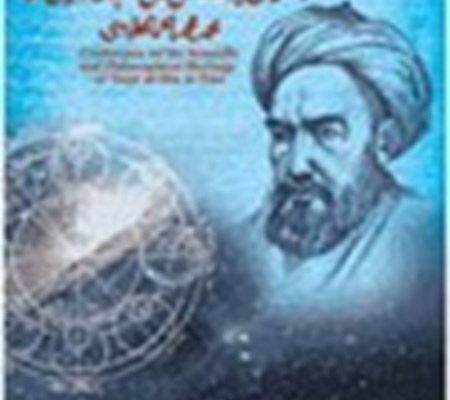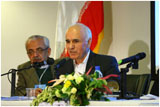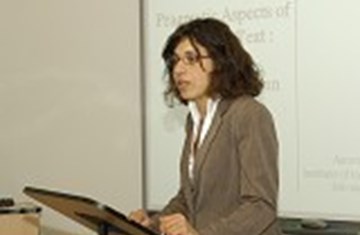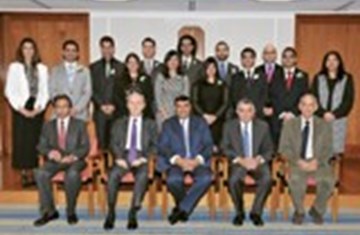IIS Scholar Presents Paper at Nasir al-Din Tusi’s International Conference

Dr Jalal Badakhchani, Research Associate in the Institute’s Department of Academic Research and Publications presented a paper at the ‘International Conference on the Scientific and Philosophical Heritage of Nasir al-Din Tusi’ organised by Iran’s Written Heritage Research Institute in collaboration with UNESCO, Iran National Library, Tehran University’s Department of Research on History of Science and many other academic and media institutions. The conference was part of a series of events created to commemorate the nomination of 2011 by UNESCO as the year of Nasir al-Din Tusi.
In his presentation, Dr Badakhchani gave a description of the development of Ismaili thought and the contribution of Nasir al-Din Tusi to the consolidation of the Nizari Ismaili da‘wa. The presentation, delivered in Persian, gave an in-depth insight into Nasir al-Din Tusi’s (597-672 AH / 1201-1274 CE) background. He was the most prolific polymath of the 7th AH / 13th CE century Islamic world and spent over 30 years of his life in the company of Ismaili dignitaries and the Ismaili Imams of his time, including Imam Ala al-Din Muhammad (d. 653 AH / 1255 CE) and Imam Rukn al-Din Khurshah (d. 655 AH / 1270 CE).
Dr. Badakhchani described Tusi’s scholarly status and the challenges that the Nizari Ismailis were facing at the time which urged the Ismaili Imam to invite Tusi to settle in Alamut, the centre of the Nizari Ismaili mission. According to Dr. Badakhchani, the desire for Tusi’s presence in Alamut was a case similar to that of Imam al-Hakim, the Fatimid caliph of Egypt, who summoned Hamid al-Din al-Kirmani, a high ranking scholar from Iran, to settle in Cairo. In both cases, the Ismaili Imams were seeking consolidation of the Ismaili da‘wa which was facing internal and external challenges.
Tusi initially proposed a new vision of ethics by composing the Akhlaq-i Mutashami and the Akhlaq-i Nasiri. Later, in Alamut, Tusi finalised his masterpiece on Astronomy, the Muiniyya, and its commentary, while finalising his commentary on Isharat of Ibn Sina. The outcome of Tusi’s lectures, delivered at sessions of wisdom (Majalis-i hikmat) were compiled by his close associate Hasan-i Mahmud-i Katib and named Rawda-yi taslim.
A comprehensive landscape of Nizari Ismail religious thought can be found in Dr. Badakhchani’s translations of Tusi’s treatises. They are: Contemplation and Action (Sayr wa suluk, London 1998), Paradise of Submission (Rawda-yi taslim, London, 2005) and the latest one published by the IIS and I.B. Tauris; Shi‘i Interpretations of Islam: Three Treatises on Islamic Theology and Eschatology (London, 2010) which includes three short treatises, namely the Solidarity and Dissociation (Tawalla wa tabarra), Desideratum of the faithful (Matlub al-Mu’minin) and The Beginning and the End (Aghaz wa anjam).
Dr Badakhchani is currently in the final stages of the publication of the 13th century Diwan Qa’imiyyat (Poems of the Resurrection), a masterpiece of Persian poetry compiled in Alamut by Hasan-i Mahmud-i Katib which reflects the theological vision of Nasir al-Din Tusi and other Ismaili authors of the time.
Apart from many distinguished scholars from Iran, scholars from 16 other countries participated in the conference which received wide press coverage.







